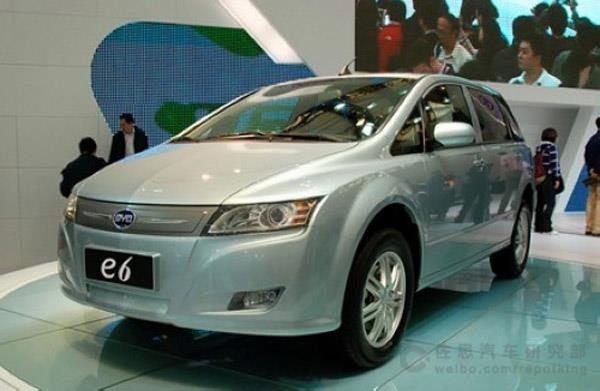报告来源:http://www.bimarket.cn/Report/ReportInfo.aspx?Id=19646
ABSTRACT
The growing importance of high energy efficiency and low carbon emissions has prompted worldwide governments to develop policies for EVs (electric vehicle). Since 2008, the Chinese government has made great efforts to promote EVs through policy support. As of 2013, EV sales in China reached around 14,600 units. Although the share is less than 1% of China's total vehicle sales, the figure has been on the rise. As a leading EV vendor in China, BYD has developed battery technologies and other key technologies for electric power systems. The company has targeted the enterprise market with a focus on public transport. This report analyzes BYD's EV business model, product offerings, and technological development, along with its future challenges and opportunities.

Table of Contents
1. BYD's Business Performance and Business Model
1.1 A Glance at China's EV Market
1.2 Product Specifications and Sales Performance
2. Sales Model and Distribution Channels
2.1 In Collaboration with Local Government: Shenzhen Business Model
2.2 Operation of Electric Taxis in Collaboration with Shenzhen Bus Company
2.3 Zero Vehicle Purchase Price, Zero Costs, Zero Emissions
3. Production Model
3.1 Main Production Bases in China with New Plants Underway in US
3.2 Key Component Supply Chain
4. Technology Development
4.1 Rechargeable Batteries
4.2 Charging Technology
5. Conclusion
Appendix
Glossary of Terms
List of Companies
List of Tables
Table 1 BYD's EV Sales Volume in China, 2009 - 2014
Table 2 Performance Comparison of BYD's EVs
Table 3 BYD's "Zero Vehicle Purchase Price, Zero Costs, Zero Emissions" Solution
Table 4 Comparison of Key Component Supply Chains of BYD, Zotye, Tesla
Table 5 Comparison of Lithium Battery Characteristics
List of Figures
Figure 1 New Energy Vehicle Production Volume in China, 2011 - 2013
Figure 2 New Energy Vehicle Sales Volume in China, 2011 - 2013
Figure 3 New Energy Vehicle Sales Volume in China and the United States in 2013
Figure 4 BYD's Cooperative Business Model in Shenzhen
Figure 5 BYD's China Production Sites
Figure 6 BYD's Bi-directional Charging and Discharging Technlogy
List of Topics
Overview of the current status of the EV market in China, including production volume and sales volume between 2011 and 2013, and profiles of BVD's major EVs
Analysis of BYD's cooperative commercialization model in Shenzhen, including its strategies to promote both EV taxis and buses
Profile of BYD's production bases in China and its key component supply chain, with a comparison of its supply chain strategy between its Chinese rival Zotye and US counterpart Tesla
BYD's development in battery technology and charging technology, touching on its self-developed bi-directional charging and discharging technology
报告来源:http://www.bimarket.cn/Report/ReportInfo.aspx?Id=19646